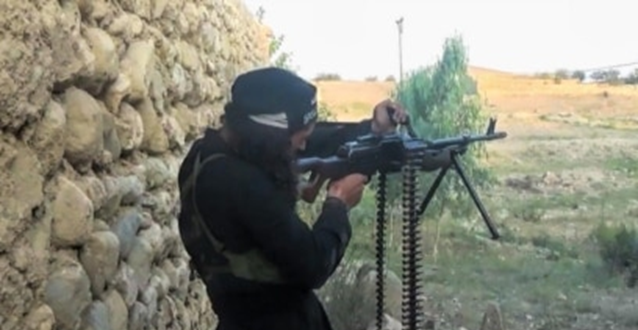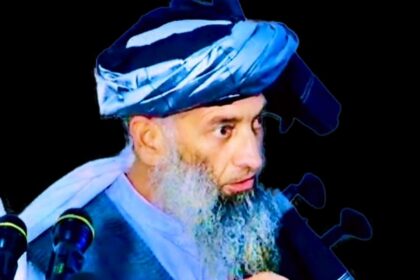RASC News Agency: Pakistani outlets have confirmed that Muhammad Ehsani, a Tajik-origin commander of the Islamic State’s Khorasan branch (ISIS-K), was killed by unidentified gunmen in the northern Afghanistan’s city of Mazar-i-Sharif, capital of Balkh Province. Ehsani known by the nom de guerre Anwar played a critical role within ISIS-K’s operational structure. He was reportedly responsible for training suicide bombers, escorting them across Afghanistan’s porous borders, and coordinating their infiltration into Pakistan. According to Pakistani intelligence leaks, he was one of the principal architects behind the 2022 Kocha Risaldar mosque bombing in Peshawar, an attack that left at least 67 worshippers dead and marked one of the bloodiest assaults in Pakistan that year.
Simultaneously, Pakistani security services announced that another ISIS operative of Tajik nationality was neutralized in a separate counterterrorism operation while preparing to attack a church inside Pakistan. The operation, they said, prevented a major tragedy and highlighted the regional nature of ISIS-K’s networks.
While the killing of such a senior commander should have prompted a forceful response, Taliban authorities in Balkh have remained notably silent, refusing to confirm or comment on Ehsani’s death. Their silence only compounds the growing perception that the Taliban are either unwilling or incapable of addressing the ISIS threat festering within Afghanistan.
For years, the Taliban have trumpeted their supposed success in “eliminating” ISIS-K from Afghan soil. Yet independent findings by regional intelligence services and United Nations Security Council assessments tell a radically different story. Far from being dismantled, ISIS-K has expanded its reach from the rugged mountains of eastern Afghanistan into the northern provinces establishing new recruitment hubs, safe havens, and logistical corridors.
Security analysts warn that ISIS-K’s resilience is tied to its cross-border lifelines. The group sustains itself through an intricate web of facilitators, smugglers, and sympathizers spanning the Durand Line. This transnational infrastructure has turned Afghanistan into a critical node in the global extremist network, amplifying fears that the country may once again become a launchpad for international terrorism.
The Taliban’s inability or refusal to curb this insurgent resurgence exposes the hollowness of their self-proclaimed role as guardians of Afghanistan’s security. Their silence following Ehsani’s assassination underscores a larger truth: the Taliban’s counterterrorism narrative is little more than a political façade designed to placate regional powers and mislead the international community.
Human rights advocates and regional observers argue that under Taliban rule, Afghanistan has become both a humanitarian graveyard and a security black hole. Repressive governance, targeted violence against civilians, and systematic suppression of dissent coexist with the unchecked proliferation of militant groups. For many Afghans, the Taliban’s promise of “stability” has translated into a daily reality of insecurity, repression, and terror.
The killing of Ehsani therefore does not signify a victory against ISIS-K; rather, it exposes the regime’s deep-seated failure to impose genuine control. Unless sustained international pressure forces accountability, Afghanistan risks hardening into a sanctuary for extremists where the Taliban’s duplicity provides the cover, and groups like ISIS-K reap the rewards.






